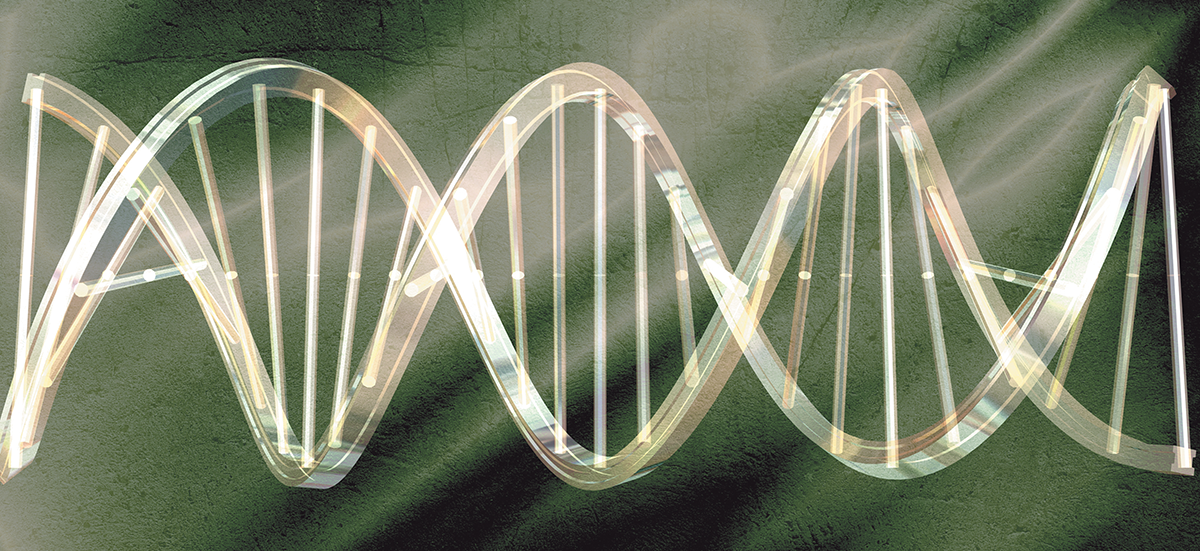- FILTERS
- Product Type
- CE / IVD
- Supplier
- EXCLUDE FILTERS
| Name | Art no | Species Reactivity | Application | Conjugation | Size | Price |
|---|---|---|---|---|---|---|
|
Biosite-3DP-1002
|
|
PCR
|
|
1 PCE
|

Multiplex Real-Time PCR for Beginners
This post was originally posted on June 3rd 2020.
In case the name doesn’t give it away, multiplex real-time PCR involves amplifying multiple DNA or RNA targets simultaneously in a single PCR reaction. This requires the presence of a specific pair of primers and a complementary DNA-binding probe for each target under study.

Gene Expression Analysis: RNA-Seq or Real-Time PCR?
If you’ve been following our blog posts over the last few months, you’ll have noticed our series on RNA-seq and real-time PCR. Although the underlying principles behind these two techniques are different, both can provide information about the amount (absolute or relative) of mRNA isolated from any sample type.

The Lowdown on Real-Time PCR – Part 2
Welcome to part 2 of our real-time PCR series. In part 1, we went through the basics of real-time PCR, its advantages over end-point PCR, a typical workflow, data output, and the choice of fluorescent labeling systems available.
In part 2, we take a look at the different quantification methods available, setup tips, primer design and quality control.

The Lowdown on Real-Time PCR – Part 1
In case the name doesn’t give it away, real-time PCR is a PCR application that monitors DNA amplification in real time. This means that amplification is monitored during the PCR reaction, and not at the end of the reaction as with end-point PCR, where PCR products are typically analyzed post-run on agarose gels.

No PCR Product! What Now?
Since its invention in the 1980’s, PCR has become a cornerstone technique in molecular biology, with research applications ranging from cloning to gene expression analysis, and clinical applications including genotyping and infectious disease diagnosis. PCR is great when it works, but can be painful to troubleshoot when it doesn’t. Although PCR reactions that yield low amounts of amplicon, off-target amplicons, and/or primer dimers won’t leave you jumping for joy when you run your gel, the most painful PCR reaction outcome is one that produces no band at all! Here are our top tips to help you troubleshoot a no-band PCR.

Introducing the First Comprehensive 16S NGS Kit for Microbiomics
16S rRNA sequencing has become the standard technique for microbial community composition profiling. Compared to shotgun metagenomics sequencing, 16S rRNA sequencing is more cost-effective and robust, generally requires less input DNA and is less impacted by the presence of host DNA.